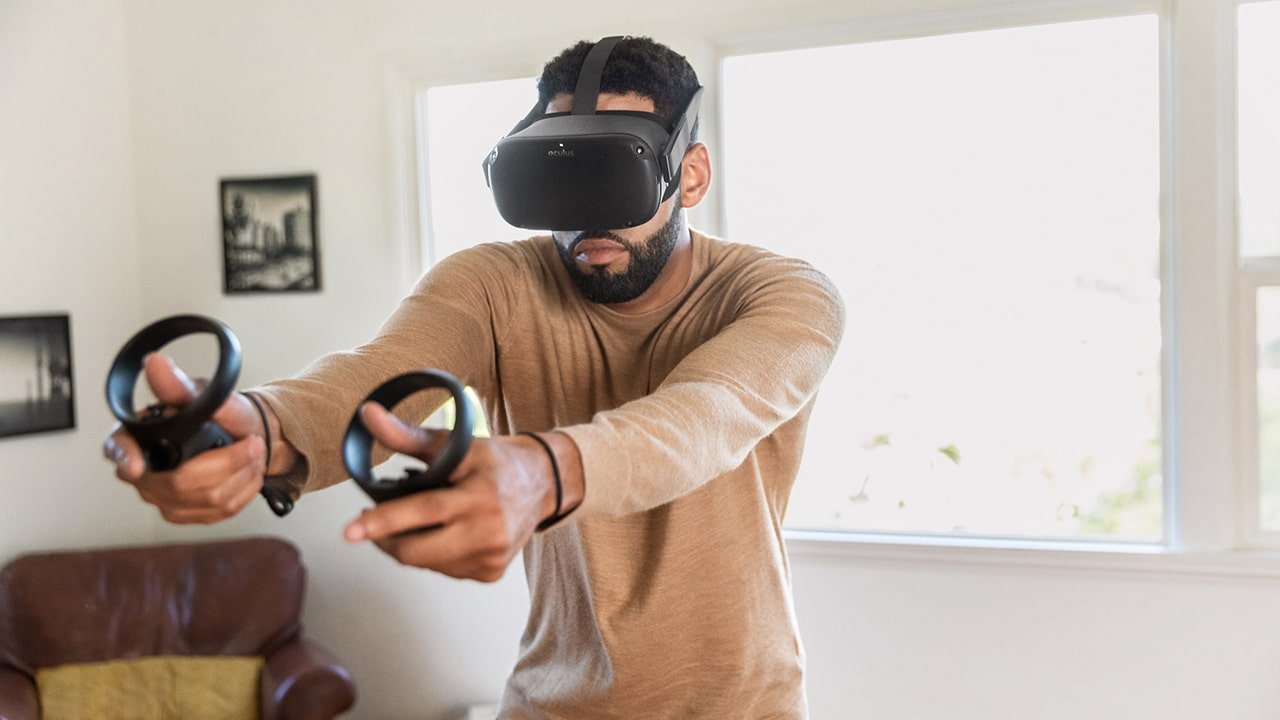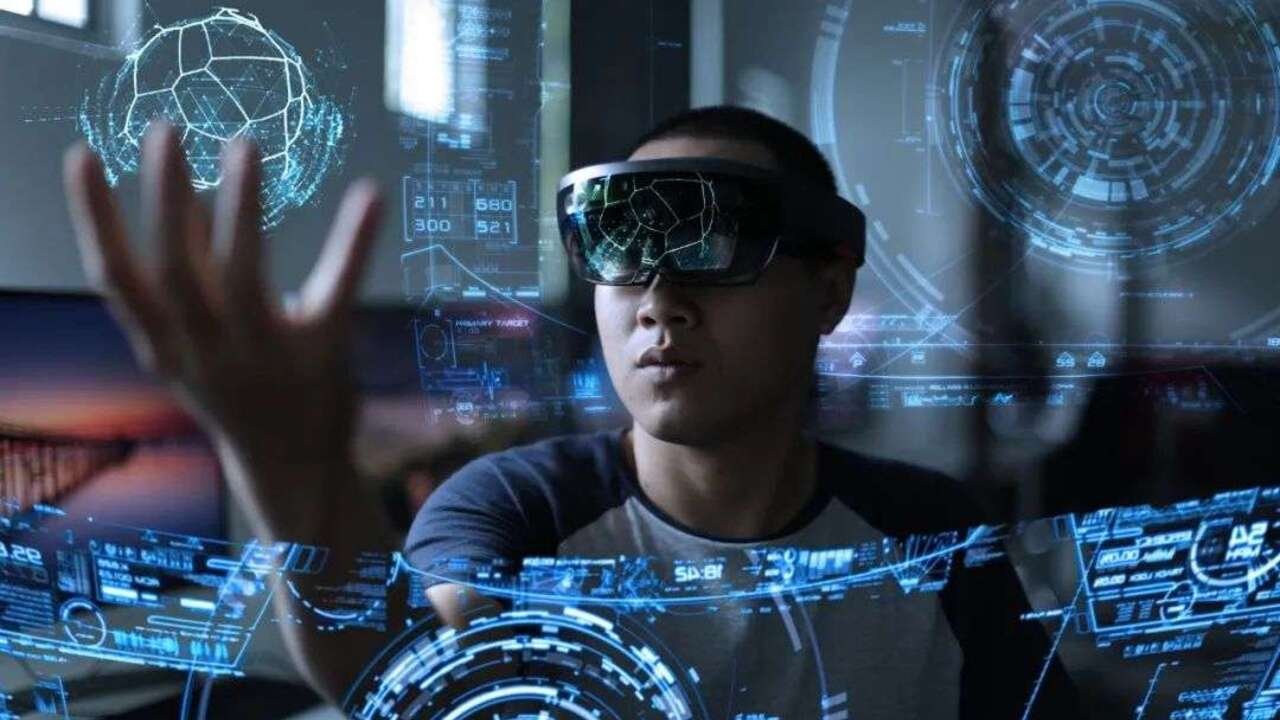Virtual Reality Switch: Enhancing User Experiences

Introduction to Virtual Reality Switch
 In technological innovation, virtual Reality (VR) has emerged as a transformative pressure, reshaping how we apprehend and engage with digital environments. Amidst the evolution of the VR generation, the idea of a " digital fact transfer has captivated attention, promising a new size of management and navigation within immersive digital worlds.
In technological innovation, virtual Reality (VR) has emerged as a transformative pressure, reshaping how we apprehend and engage with digital environments. Amidst the evolution of the VR generation, the idea of a " digital fact transfer has captivated attention, promising a new size of management and navigation within immersive digital worlds.
Understanding Virtual Reality (VR) Technology
What is Virtual Reality?
Virtual Reality switch creates simulated environments using computer generation, permitting customers to interact with a three-dimensional, computer-generated international. This era frequently involves specialized devices, including headsets, motion sensors, and controllers, to immerse individuals in those artificial environments.
Evolution of VR
 The roots of VR can be traced to a long time ago, but recent improvements in hardware and software programs have propelled its evolution. From rudimentary prototypes to state-of-the-art devices, VR generation has undergone a super transformation, improving its ability to supply compelling and practical studies.
The roots of VR can be traced to a long time ago, but recent improvements in hardware and software programs have propelled its evolution. From rudimentary prototypes to state-of-the-art devices, VR generation has undergone a super transformation, improving its ability to supply compelling and practical studies.
Applications of VR
VR generation reveals programs across various fields, including gaming, education, healthcare, and more. Its functionality to transport users to exclusive realms and offer interactive experiences has caused considerable adoption and exploration of its ability in numerous industries.
Exploring the Concept of a Virtual Reality Switch
Definition and Purpose
A virtual truth switch is a pivotal management mechanism within the VR environment, allowing customers to transition seamlessly between one-of-a-kind settings, actions, or situations. Working as a bridge between the physical world and the virtual space. These switches decorate user interaction and revel in.
How Virtual Reality Switches Work
VR switches leverage an aggregate of hardware and software additives to facilitate clean transitions and interactions within the virtual environment. Whether caused via gestures, voice instructions, or specialized controllers, these switches offer users a feel of organization and management, improving immersion and engagement.
Benefits and Advantages of Using VR Switches
Enhanced User Experience
 By integrating VR switches, users can navigate complex digital landscapes without trouble, fostering a more intuitive and attractive experience. This elevated interactivity enhances immersion, making the virtual global more practical and fun.
By integrating VR switches, users can navigate complex digital landscapes without trouble, fostering a more intuitive and attractive experience. This elevated interactivity enhances immersion, making the virtual global more practical and fun.
Improved Accessibility
VR switches contribute to creating virtual stories on hand to a much broader target audience, including individuals with various tiers of technical information. The intuitive nature of those switches can decrease access barriers and inspire broader participation inside the VR realm.
Increased Immersion and Interaction
The implementation of VR switches enhances the intensity of interaction within virtual environments, allowing users to carry out tasks, manipulate objects, or explore situations seamlessly. This heightened degree of immersion contributes to a more sensible and charming experience.
Challenges and Limitations of VR Switches
Technical Constraints
 Despite progress, VR switches may confront technical hurdles with latency, accuracy troubles, and compatibility constraints amongst numerous VR platforms, potentially affecting their smooth capability. Latency, the postponement between movement and reaction, could disrupt real-time interactions, hampering the immersive enjoyment. Accuracy concerns can also lead to inconsistencies or imprecise input reputation, impacting person manipulation. Moreover, compatibility challenges among numerous VR systems could restrict interoperability, proscribing the huge use of VR switches across platforms. Addressing those technical barriers through improvements in hardware, software program optimizations, and standardized protocols is critical for ensuring seamless operation and improving the general efficacy of VR switch technology.
Despite progress, VR switches may confront technical hurdles with latency, accuracy troubles, and compatibility constraints amongst numerous VR platforms, potentially affecting their smooth capability. Latency, the postponement between movement and reaction, could disrupt real-time interactions, hampering the immersive enjoyment. Accuracy concerns can also lead to inconsistencies or imprecise input reputation, impacting person manipulation. Moreover, compatibility challenges among numerous VR systems could restrict interoperability, proscribing the huge use of VR switches across platforms. Addressing those technical barriers through improvements in hardware, software program optimizations, and standardized protocols is critical for ensuring seamless operation and improving the general efficacy of VR switch technology.
Cost Factors
The integration of VR switches, along with important hardware and software, should gift economic barriers for users and companies, constraining full-size adoption and accessibility. The fees associated with acquiring VR generation—headsets, controllers, and software improvement—constitute big funding. This monetary burden might also deter people or entities with restrained sources, doubtlessly impeding their ability to include VR fully. Educational establishments, businesses, and people might face challenges affording those technologies, hindering their utilization for learning, schooling, or entertainment functions. To mitigate this trouble, efforts promoting affordability, subsidies, and revolutionary, cost-effective answers are pivotal in ensuring broader access and fostering good-sized adoption of the VR era.
User Adaptability
Although virtual Reality switch attempt to streamline interactions, users may also encounter a mastering curve while adapting to novel management mechanisms, affecting the overall user revel. Introducing the latest control strategies necessitates an adjustment length for customers, requiring time to familiarize themselves with those innovative interfaces. This mastering curve may lead to preliminary challenges, confusion, or frustration as users navigate and acclimate to the new controls. However, as customers become more familiar with these mechanisms, the advantages of better interactivity and immersion regularly outweigh the initial hurdles. Developers strive to mitigate those demanding situations via intuitive layouts and user-friendly interfaces, aiming to reduce the gaining knowledge curves and optimize the general usability and pride of VR experiences.
Virtual Reality Switches in Various Industries
Gaming and Entertainment
 Within the gaming industry, virtual Reality switch represent a progressive soar in gameplay dynamics, delivering augmented manipulation and unprecedented immersion inside virtual worlds. These switches redefine gaming experiences, elevating them to unparalleled stages of realism and engagement. By using VR switches, customers benefit from heightened control, taking into consideration more intuitive and immersive interactions within recreation environments. This better stage of interactivity bridges the gap between the physical and digital geographical regions, amplifying the sense of presence and involvement. As a result, gaming becomes an immersive adventure, blurring the traces between Reality and the digital realm, providing game enthusiasts with an exciting and deeply enticing experience that transcends traditional gaming obstacles.
Within the gaming industry, virtual Reality switch represent a progressive soar in gameplay dynamics, delivering augmented manipulation and unprecedented immersion inside virtual worlds. These switches redefine gaming experiences, elevating them to unparalleled stages of realism and engagement. By using VR switches, customers benefit from heightened control, taking into consideration more intuitive and immersive interactions within recreation environments. This better stage of interactivity bridges the gap between the physical and digital geographical regions, amplifying the sense of presence and involvement. As a result, gaming becomes an immersive adventure, blurring the traces between Reality and the digital realm, providing game enthusiasts with an exciting and deeply enticing experience that transcends traditional gaming obstacles.
Education and Training
VR switches function as necessary equipment within instructional simulations and schooling modules, revolutionizing getting to know by fostering lively engagement with content material and situations. By leveraging those switches, newbies immerse themselves in dynamic environments, enhancing the effectiveness of tutorial stories. This immersive technique allows for hands-on interaction, allowing individuals to actively participate and research through doing rather than passive commentary. As a result, complex standards emerge as extra tangible and remarkable, fostering deeper information and retention of facts. The pivotal role of virtual Reality switch in education lies in their ability to transform learning into an interactive and experiential journey, thereby shaping a more effective and engaging educational landscape.
Healthcare and Therapy
In healthcare, VR switches unlock innovative therapies and treatments, providing immersive experiences for patients and aiding in rehabilitation, pain management, and mental health interventions.
Future Prospects and Innovations in VR Switches
Emerging Technologies
Ongoing advancements in research and development have introduced cutting-edge technologies, such as haptic feedback systems and neural interfaces, elevating the potential of virtual Reality switch. These innovations promise to enhance immersive experiences within virtual reality switch environments significantly. Haptic feedback systems enable users to perceive tactile sensations, adding a realistic touch element to interactions. Additionally, neural interfaces establish direct connections between the brain and virtual environments, offering unprecedented control and immersion. These developments mark a pivotal leap forward, expanding the horizons of VR experiences by integrating sensory feedback and neural interaction for heightened realism and engagement.
Potential Developments
The evolution of virtual Reality switch offers a glimpse into a promising future characterized by intuitive controls, heightened compatibility, and targeted advancements to overcome present constraints. These developments aim to enhance the seamlessness and accessibility of virtual experiences, catering to a wider audience. Improved intuitiveness ensures easier interaction, allowing users to navigate virtual environments effortlessly. Enhanced compatibility across devices fosters a more integrated and interconnected VR ecosystem. Addressing current limitations like motion sickness or hardware restrictions expands accessibility, inviting a diverse range of individuals to partake in immersive virtual worlds, potentially revolutionizing how people interact and engage within these digital realms.
Conclusion
The evolution of virtual reality switch represents a significant milestone in enhancing user interaction and immersion within virtual environments. While offering numerous benefits across various industries, these virtual Reality switch face challenges requiring innovative solutions. As technology progresses, the potential for further advancements and widespread adoption of VR switches remains promising, heralding an era of unparalleled virtual experiences.
FAQS
How do VR switches make contributions to democratizing get entry to to digital reports?
VR switches simplify navigation and interaction inside virtual environments, making them extra user-friendly. Their intuitive nature reduces limitations to entry, permitting a much broader audience, such as people with confined technical understanding, to engage and experience immersive digital reports.
What position do VR switches play in healthcare and healing programs?
VR switches facilitate innovative healthcare answers, enabling immersive therapeutic experiences. These switches useful resource in rehabilitation, ache management, exposure therapy, and mental fitness interventions by means of offering controlled, immersive environments for sufferers and practitioners.
What groundbreaking advancements are expected in VR switch era?
The destiny holds thrilling opportunities for VR transfer generation. Anticipated improvements encompass extra intuitive manage mechanisms, improved compatibility throughout structures, and the mixing of rising technologies like haptic comments and neural interfaces, aiming to further improve the immersive revel in.





